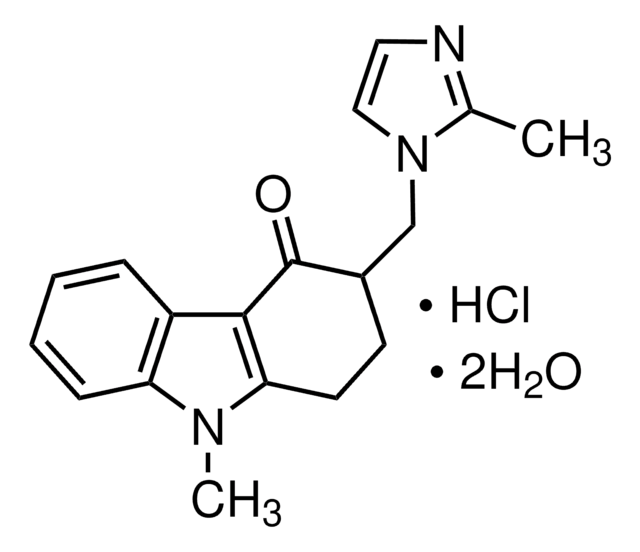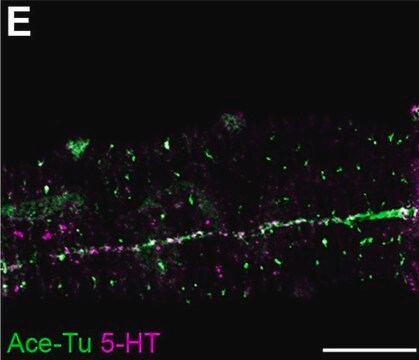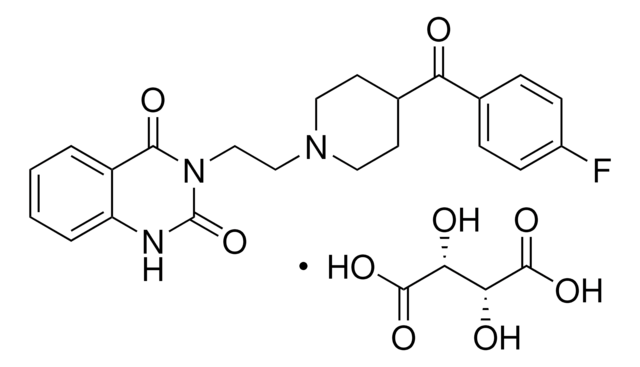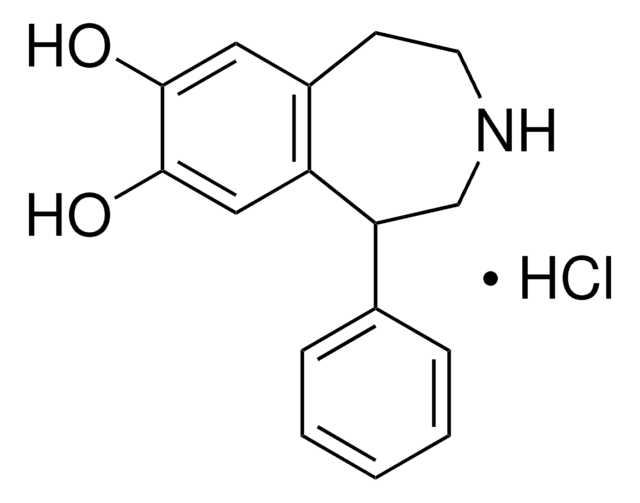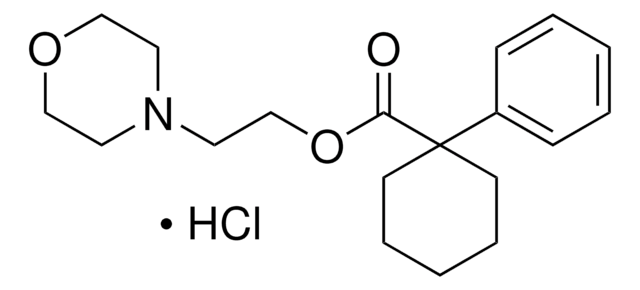P-044
Promethazine hydrochloride
vial of 25 mg, certified reference material, Cerilliant®
Sinônimo(s):
10-[2-(Dimethylamino)propyl]phenothiazine hydrochloride
About This Item
Produtos recomendados
grau
certified reference material
Formulário
solid
Características
Snap-N-Spike®/Snap-N-Shoot®
embalagem
vial of 25 mg
fabricante/nome comercial
Cerilliant®
técnica(s)
gas chromatography (GC): suitable
liquid chromatography (LC): suitable
aplicação(ões)
forensics and toxicology
pharmaceutical (small molecule)
Formato
neat
temperatura de armazenamento
room temp
cadeia de caracteres SMILES
Cl[H].CC(CN1c2ccccc2Sc3ccccc13)N(C)C
InChI
1S/C17H20N2S.ClH/c1-13(18(2)3)12-19-14-8-4-6-10-16(14)20-17-11-7-5-9-15(17)19;/h4-11,13H,12H2,1-3H3;1H
chave InChI
XXPDBLUZJRXNNZ-UHFFFAOYSA-N
Informações sobre genes
human ... HRH1(3269)
Procurando produtos similares? Visita Guia de comparação de produtos
Categorias relacionadas
Descrição geral
Informações legais
Palavra indicadora
Danger
Frases de perigo
Declarações de precaução
Classificações de perigo
Acute Tox. 4 Oral - Aquatic Chronic 2 - Eye Dam. 1 - Skin Sens. 1
Código de classe de armazenamento
11 - Combustible Solids
Classe de risco de água (WGK)
WGK 1
Ponto de fulgor (°F)
Not applicable
Ponto de fulgor (°C)
Not applicable
Escolha uma das versões mais recentes:
Certificados de análise (COA)
It looks like we've run into a problem, but you can still download Certificates of Analysis from our Documentos section.
Se precisar de ajuda, entre em contato Atendimento ao cliente
Já possui este produto?
Encontre a documentação dos produtos que você adquiriu recentemente na biblioteca de documentos.
Nossa equipe de cientistas tem experiência em todas as áreas de pesquisa, incluindo Life Sciences, ciência de materiais, síntese química, cromatografia, química analítica e muitas outras.
Entre em contato com a assistência técnica
